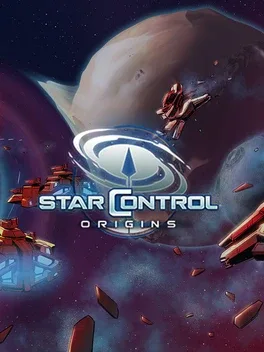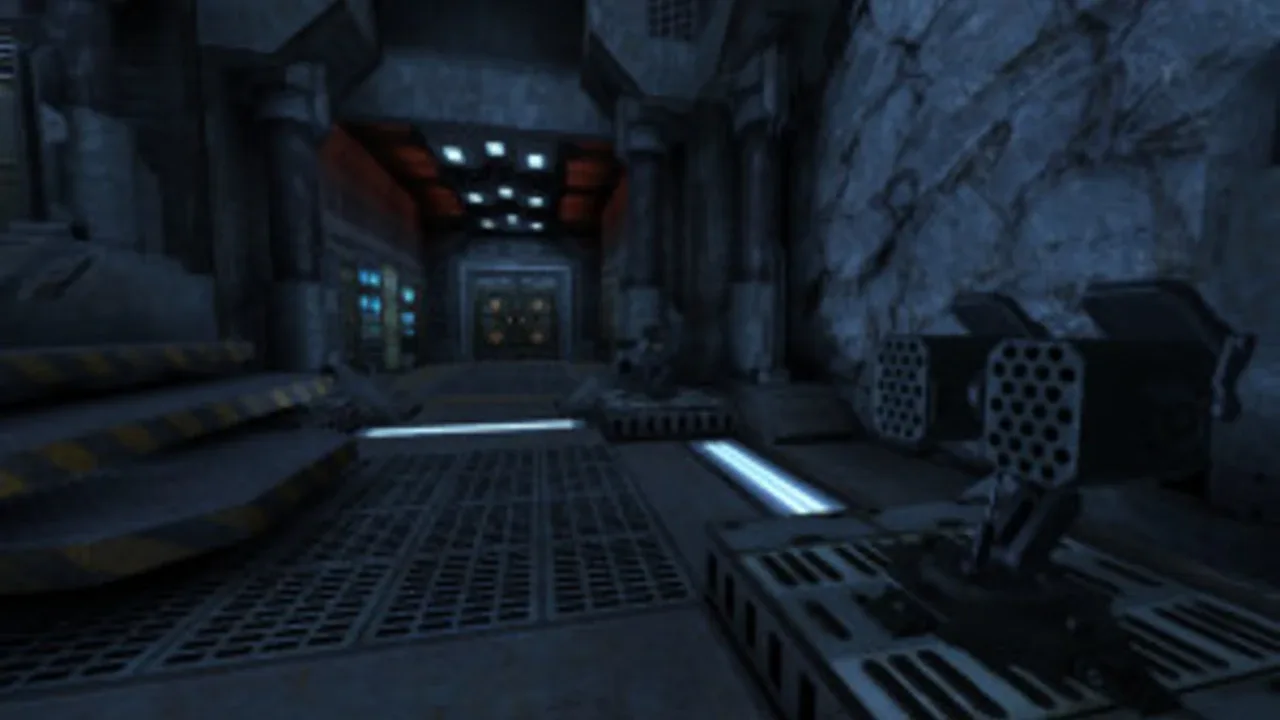Unvanquished

Buy
Parent game

Tremulous is a free, open source game that blends a team based FPS with elements of an RTS. Players can choose from 2 unique races, aliens and humans. Players on both teams are able to build working structures in-game like an RTS. These structures provide many functions, the most important being spawning. The designated builders must ensure there are spawn structures or other players will not be able to rejoin the game after death. Other structures provide automated base defense (to some degree), healing functions and much more...
Could be interesting

PUBG MOBILE offers the most intense multiplayer battles on your mobile phone. Join the battle, put on your gear, and play to win. Survive in epic 100-player battles in Classic Mode, Payload Mode, the fast-paced 4v4 Team Deathmatch Mode, and Infection Mode. Survival is all that matters. Survive to the end to get the last laugh. Accept missions and fire at will!

Immortal: Unchained is a souls-inspired third-person shooter/action RPG.

Gene Rain is a next-gen 3D third person shooter game. The story is set in a futuristic world, with a linear narrative structure, and uses shocking visual effects to present a brand new world for the players ' enjoyment.

The Earthlings have joined the interstellar club. The galaxy will never be the same. The year is 2086 and Earth has detected an alien distress call originating from the surface of Triton. In response, Star Control is formed with you as The Captain of Earth's first prototype starship.

Forts is a physics-based RTS where foes design and build custom bases, arm them to the teeth and blast their opponent's creations to rubble.

The EDF series moves away from its traditional series and into new territory with this new project. Developed by YUKE'S, with a theme song by Takashi Niigaki and creatures designed by Ryu Oyama for an EDF game that has never been seen before. Welcome to EARTH DEFENSE FORCE: IRON RAIN. Set on planet Earth devastated by war, this new adventure joins the EDF as they continue to battle to save the world.

Rebel Galaxy Outlaw is an open-world space combat adventure game, spread across the nearly 40 systems of the Dodge Sector. Play as a mercenary, a trader, a pirate, or whatever mix of the three you feel fits you best. With an engaging storyline and a full conversation system, you can follow the narrative, or ignore it and forge your own path at any time.

Wolfenstein: Youngblood is a brand-new co-op experience from MachineGames, the award-winning studio that developed the critically acclaimed Wolfenstein II: The New Colossus. Set in 1980, 19 years after BJ Blazkowicz ignited the second American Revolution, Wolfenstein: Youngblood introduces the next Blazkowicz generation to the fight against the Nazis. Play as one of BJ’s twin daughters, Jess and Soph, as you search for your missing father in Nazi-occupied Paris.

Crackle Cradle is a 2D sidescrolling platformer/shooter developed by FoxTail. This game entails guiding the selected heroine through various areas, traps, and monsters, relying on a mixture of evasive skills and accuracy with their weapons.

"Inspired by BioShock and System Shock 2, Void Bastards is a revolutionary new strategy-shooter that will test your wits as well as exercise your aim. Can you lead the misfit prisoners of the Void Ark through the derelict spaceships and myriad dangers of the Sargasso Nebula?"

